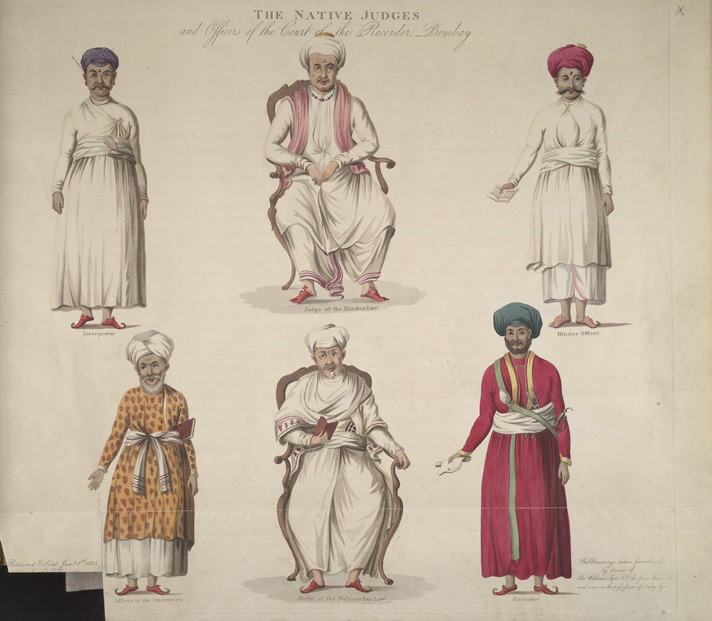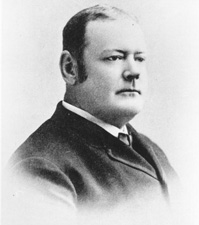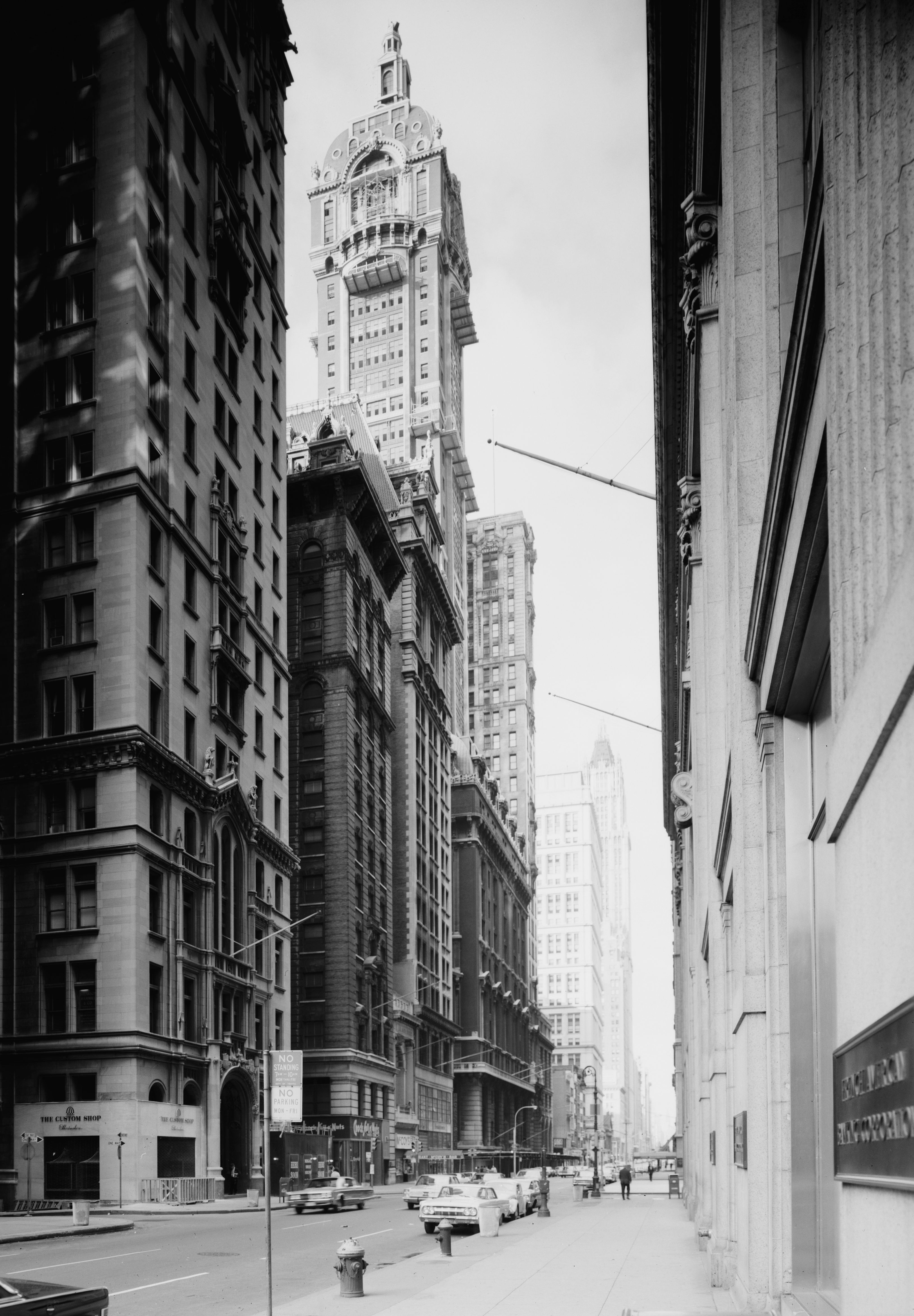|
John H. Kennard
John Hanson Kennard (1836 – May 2, 1887) was Judge of the Louisiana Supreme Court from December 3, 1872, to February 1, 1873. He also became President of the Board of Directors of the University of Louisiana. Early life, education, and career Born in Kent County, Maryland, he graduated from the University of Virginia in 1855, and from the Law Department of the University of Louisiana (now Tulane University) in 1857. He served in the Confederate Army during the American Civil War,"Judge John H. Kennard", ''The New Orleans Times-Picayune'' (May 3, 1887), p. 4. in Fenner's Battery and the Louisiana Artillery, and resumed the practice of law in New Orleans in 1865. He also had an interest in a large-scale cotton planting operation. Judge John Hanson Kennard was also a lineal descendant of Capt. James Jack who brought the Mecklenburg Declaration of Independence, and founding father John Hanson, who acted as the 1st President of the Confederation Congress. Judicial servi ... [...More Info...] [...Related Items...] OR: [Wikipedia] [Google] [Baidu] |
Judge John Hanson Kennard
A judge is a person who wiktionary:preside, presides over court proceedings, either alone or as a part of a Judicial panel, panel of judges. A judge hears all the witnesses and any other Evidence (law), evidence presented by the barristers or solicitors of the case, assesses the credibility and arguments of the parties, and then issues a ruling in the Case law, case based on their interpretation of the law and their own personal judgment. A judge is expected to conduct the trial wiktionary:impartial, impartially and, typically, in an in open court, open court. The powers, functions, method of appointment, discipline, and training of judges vary widely across different jurisdictions. In some jurisdictions, the judge's powers may be shared with a jury. In inquisitorial systems of criminal investigation, a judge might also be an examining magistrate. The presiding judge ensures that all court proceedings are lawful and orderly. Powers and functions The ultimate task of a judge is ... [...More Info...] [...Related Items...] OR: [Wikipedia] [Google] [Baidu] |
Yale University
Yale University is a private research university in New Haven, Connecticut. Established in 1701 as the Collegiate School, it is the third-oldest institution of higher education in the United States and among the most prestigious in the world. It is a member of the Ivy League. Chartered by the Connecticut Colony, the Collegiate School was established in 1701 by clergy to educate Congregational ministers before moving to New Haven in 1716. Originally restricted to theology and sacred languages, the curriculum began to incorporate humanities and sciences by the time of the American Revolution. In the 19th century, the college expanded into graduate and professional instruction, awarding the first PhD in the United States in 1861 and organizing as a university in 1887. Yale's faculty and student populations grew after 1890 with rapid expansion of the physical campus and scientific research. Yale is organized into fourteen constituent schools: the original undergraduate col ... [...More Info...] [...Related Items...] OR: [Wikipedia] [Google] [Baidu] |
University Of Virginia Alumni
A university () is an institution of higher (or tertiary) education and research which awards academic degrees in several academic disciplines. Universities typically offer both undergraduate and postgraduate programs. In the United States, the designation is reserved for colleges that have a graduate school. The word ''university'' is derived from the Latin ''universitas magistrorum et scholarium'', which roughly means "community of teachers and scholars". The first universities were created in Europe by Catholic Church monks. The University of Bologna (''Università di Bologna''), founded in 1088, is the first university in the sense of: *Being a high degree-awarding institute. *Having independence from the ecclesiastic schools, although conducted by both clergy and non-clergy. *Using the word ''universitas'' (which was coined at its foundation). *Issuing secular and non-secular degrees: grammar, rhetoric, logic, theology, canon law, notarial law.Hunt Janin: "The university i ... [...More Info...] [...Related Items...] OR: [Wikipedia] [Google] [Baidu] |
People From Kent County, Maryland
A person ( : people) is a being that has certain capacities or attributes such as reason, morality, consciousness or self-consciousness, and being a part of a culturally established form of social relations such as kinship, ownership of property, or legal responsibility. The defining features of personhood and, consequently, what makes a person count as a person, differ widely among cultures and contexts. In addition to the question of personhood, of what makes a being count as a person to begin with, there are further questions about personal identity and self: both about what makes any particular person that particular person instead of another, and about what makes a person at one time the same person as they were or will be at another time despite any intervening changes. The plural form " people" is often used to refer to an entire nation or ethnic group (as in "a people"), and this was the original meaning of the word; it subsequently acquired its use as a plural ... [...More Info...] [...Related Items...] OR: [Wikipedia] [Google] [Baidu] |
1887 Deaths
Events January–March * January 11 – Louis Pasteur's anti-rabies treatment is defended in the Académie Nationale de Médecine, by Dr. Joseph Grancher. * January 20 ** The United States Senate allows the Navy to lease Pearl Harbor as a naval base. ** British emigrant ship ''Kapunda'' sinks after a collision off the coast of Brazil, killing 303 with only 16 survivors. * January 21 ** The Amateur Athletic Union (AAU) is formed in the United States. ** Brisbane receives a one-day rainfall of (a record for any Australian capital city). * January 24 – Battle of Dogali: Abyssinian troops defeat the Italians. * January 28 ** In a snowstorm at Fort Keogh, Montana, the largest snowflakes on record are reported. They are wide and thick. ** Construction work begins on the foundations of the Eiffel Tower in Paris, France. * February 2 – The first Groundhog Day is observed in Punxsutawney, Pennsylvania. * February 4 – The Interstate Commerce Act ... [...More Info...] [...Related Items...] OR: [Wikipedia] [Google] [Baidu] |
1836 Births
Events January–March * January 1 – Queen Maria II of Portugal marries Prince Ferdinand Augustus Francis Anthony of Saxe-Coburg-Gotha. * January 5 – Davy Crockett arrives in Texas. * January 12 ** , with Charles Darwin on board, reaches Sydney. ** Will County, Illinois, is formed. * February 8 – London and Greenwich Railway opens its first section, the first railway in London, England. * February 16 – A fire at the Lahaman Theatre in Saint Petersburg kills 126 people."Fires, Great", in ''The Insurance Cyclopeadia: Being an Historical Treasury of Events and Circumstances Connected with the Origin and Progress of Insurance'', Cornelius Walford, ed. (C. and E. Layton, 1876) p76 * February 23 – Texas Revolution: The Battle of the Alamo begins, with an American settler army surrounded by the Mexican Army, under Santa Anna. * February 25 – Samuel Colt receives a United States patent for the Colt revolver, the first revolving barrel multishot firearm. * March 1 ... [...More Info...] [...Related Items...] OR: [Wikipedia] [Google] [Baidu] |
Philip H
Philip, also Phillip, is a male given name, derived from the Greek (''Philippos'', lit. "horse-loving" or "fond of horses"), from a compound of (''philos'', "dear", "loved", "loving") and (''hippos'', "horse"). Prominent Philips who popularized the name include kings of Macedonia and one of the apostles of early Christianity. ''Philip'' has many alternative spellings. One derivation often used as a surname is Phillips. It was also found during ancient Greek times with two Ps as Philippides and Philippos. It has many diminutive (or even hypocoristic) forms including Phil, Philly, Lip, Pip, Pep or Peps. There are also feminine forms such as Philippine and Philippa. Antiquity Kings of Macedon * Philip I of Macedon * Philip II of Macedon, father of Alexander the Great * Philip III of Macedon, half-brother of Alexander the Great * Philip IV of Macedon * Philip V of Macedon New Testament * Philip the Apostle * Philip the Evangelist Others * Philippus of Croton (c. 6th centur ... [...More Info...] [...Related Items...] OR: [Wikipedia] [Google] [Baidu] |
William Wirt Howe
William Wirt Howe (November 24, 1833 – March 17, 1909) was a justice of the Louisiana Supreme Court from November 1, 1868, to December 3, 1872. Born in Canandaigua, New York,''Celebration of the Centenary of the Supreme Court of Louisiana'' (March 1, 1913), in John Wymond, Henry Plauché Dart, eds., ''The Louisiana Historical Quarterly'' (1922), p. 121. Howe graduated from Hamilton College and served as in the United States Army during the American Civil War, achieving the rank of major. He served for one year as president of the American Bar Association, and published a treatise, ''Studies in Civil Law''. He was a judge of the Criminal District Court in 1868, which he resigned to become associate justice. He served as United States Attorney United States attorneys are officials of the U.S. Department of Justice who serve as the chief federal law enforcement officers in each of the 94 U.S. federal judicial districts. Each U.S. attorney serves as the United States' chief fe ... [...More Info...] [...Related Items...] OR: [Wikipedia] [Google] [Baidu] |
List Of Justices Of The Louisiana Supreme Court
Following is a list of justices of the Louisiana Supreme Court and their years of service. Territory of Orleans (1804–1812) (three judges) * John Bartow Prevost 1804–1806 * Ephraim Kirby 1804 (died en route to New Orleans) *Peter Stephen Du Ponceau 1804 (declined Jefferson's appointment) * William Sprigg 1806–1808 * George Mathews Jr. 1806–1813 * Joshua Lewis 1807–1813 * John Thompson 1808–1810 * Francois Xavier Martin 1810–1813 State of Louisiana (1813 to the present) Constitution of 1812 (three to five judges appointed by the governor) *Dominic Augustin Hall 1813, Presiding Judge *Pierre Derbigny 1813–1820 * George Mathews Jr. 1813–1836, Presiding Judge * Francois Xavier Martin 1815–1836; *Alexander Porter 1821–1833 *Henry Adams Bullard 1834–1839 * Francois Xavier Martin 1836–1846, Presiding Judge *Henry Carleton 1837–1839 *Pierre Adolphe Rost 1839 *George Eustis Sr. 1839 *George Strawbridge 1839 *Rice Garland 1840–1846 *Alonzo Morphy 1839–1846 * ... [...More Info...] [...Related Items...] OR: [Wikipedia] [Google] [Baidu] |
Lotos Club
The Lotos Club was founded in 1870 as a gentlemen's club in New York City; it has since also admitted women as members. Its founders were primarily a young group of writers and critics. Mark Twain, an early member, called it the "Ace of Clubs"."The Lotos Club," official website. Accessed May 11, 2011. The Club took its name from the poem "The Lotos-Eaters" by , which was then very popular. Lotos was thought to convey an idea of rest and harmony. Two lines from the poem were selected for the Club motto: The Lotos Club has always had a literary and artistic bent, with the result that it has accumulated a noted collection of American ... [...More Info...] [...Related Items...] OR: [Wikipedia] [Google] [Baidu] |
Singer Building
The Singer Building (also known as the Singer Tower) was an office building and early skyscraper in Manhattan, New York City. The headquarters of the Singer Manufacturing Company, it was at the northwestern corner of Liberty Street and Broadway in the Financial District of Lower Manhattan. Frederick Gilbert Bourne, leader of the Singer Company, commissioned the building, which architect Ernest Flagg designed in multiple phases from 1897 to 1908. The building's architecture contained elements of the Beaux-Arts and French Second Empire styles. The building was composed of four distinct sections. The original 10-story Singer Building at 149 Broadway was erected between 1897 and 1898, and the adjoining 14-story Bourne Building on Liberty Street was built from 1898 to 1899. In the first decade of the 20th century, the two buildings were expanded to form the 14-story base of the Singer Tower, which rose another 27 stories. The facade was made of brick, stone, and terraco ... [...More Info...] [...Related Items...] OR: [Wikipedia] [Google] [Baidu] |
Samuel Ingham
Samuel Ingham (September 5, 1793 – November 10, 1881) was a two-term Congressman from Connecticut. He is not to be confused with the former Secretary of the Treasury Samuel D. Ingham. He was born in Hebron, Connecticut, Hebron on September 5, 1793. He attended the common schools in Vermont, studied law with John Mattocks and Sylvester Gilbert, was admitted to the bar and commenced practice in Canaan, Vermont. He moved to Jewett City, Connecticut and in 1819, to Essex, Connecticut, Essex (then part of Saybrook, Connecticut, Saybrook), Connecticut, and continued the practice of his profession. He served as State's attorney for Middlesex County, Connecticut, Middlesex County, and was a member of the Connecticut House of Representatives (serving as speaker in 1833, 1835 and 1851). He served as judge of probate judge of the Middlesex County Court. Ingham was elected as a Jacksonian Party (United States), Jacksonian to the Twenty-fourth Congress and reelected as a Democratic ... [...More Info...] [...Related Items...] OR: [Wikipedia] [Google] [Baidu] |



_1938.jpg)


